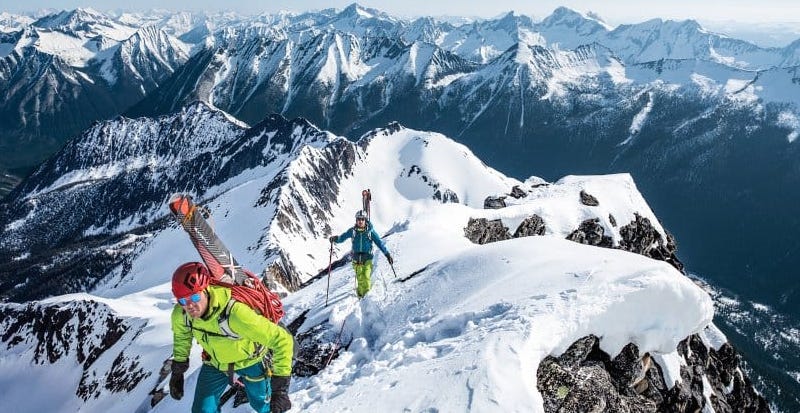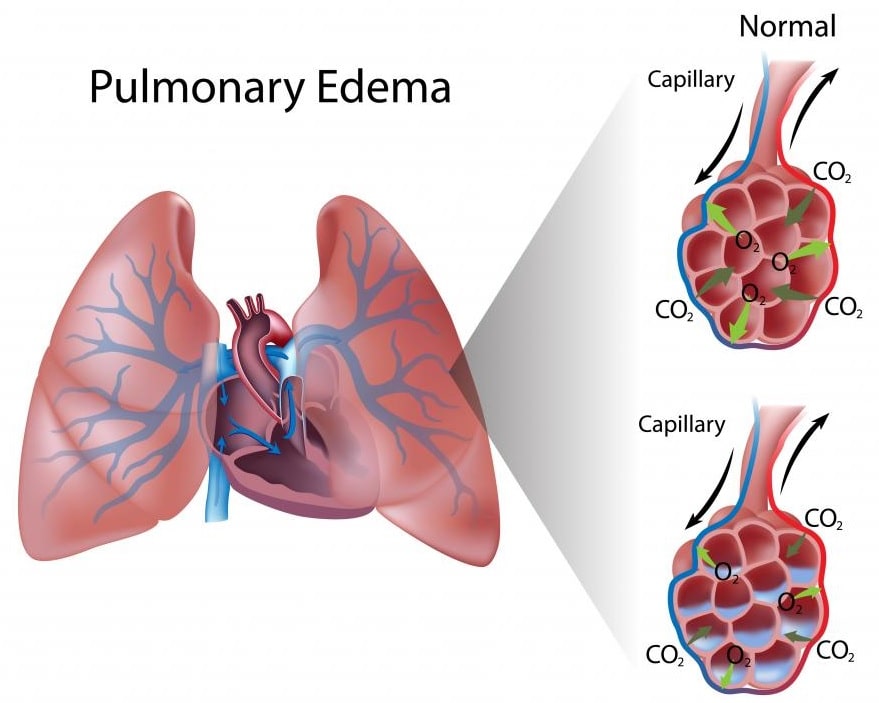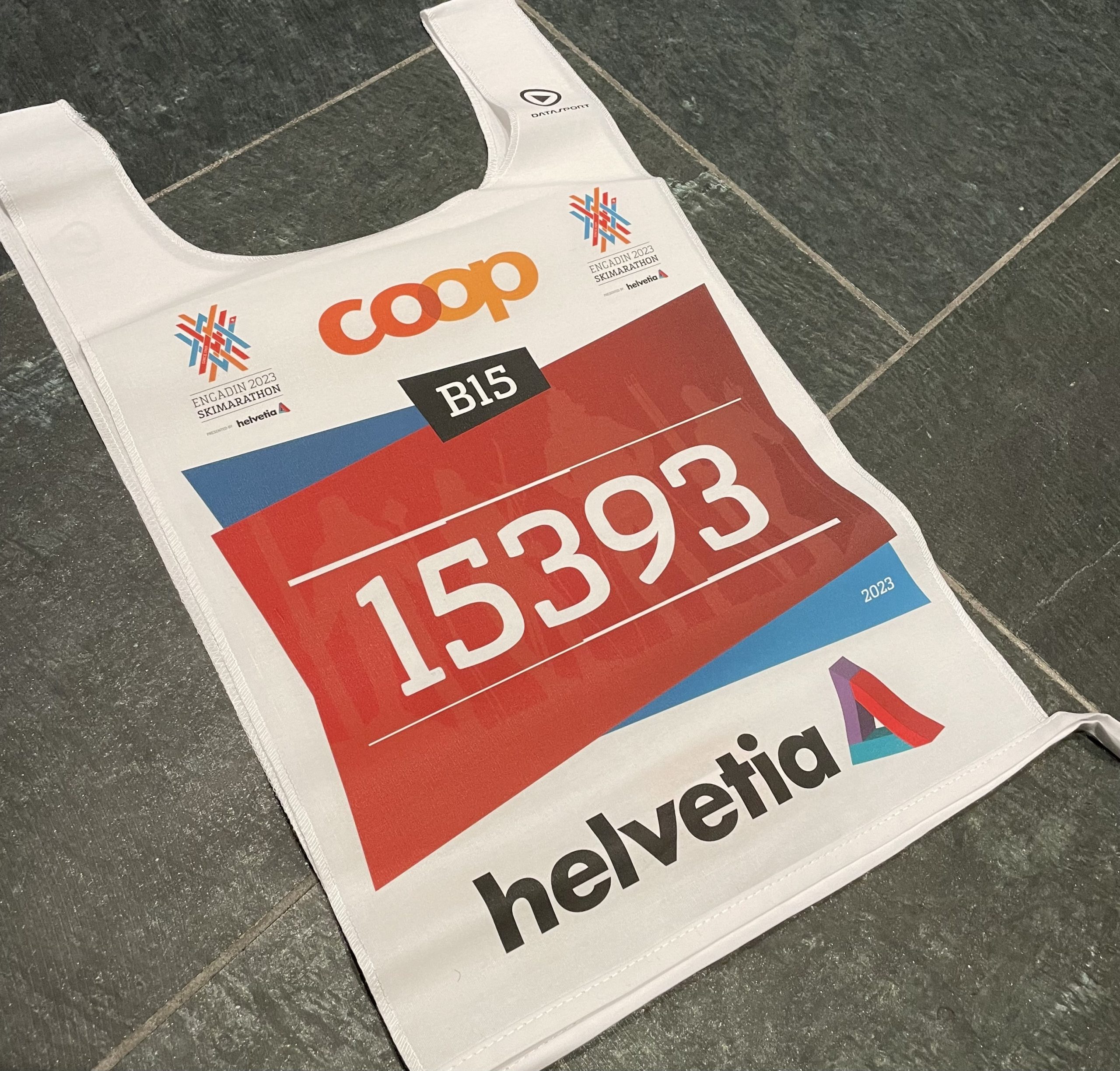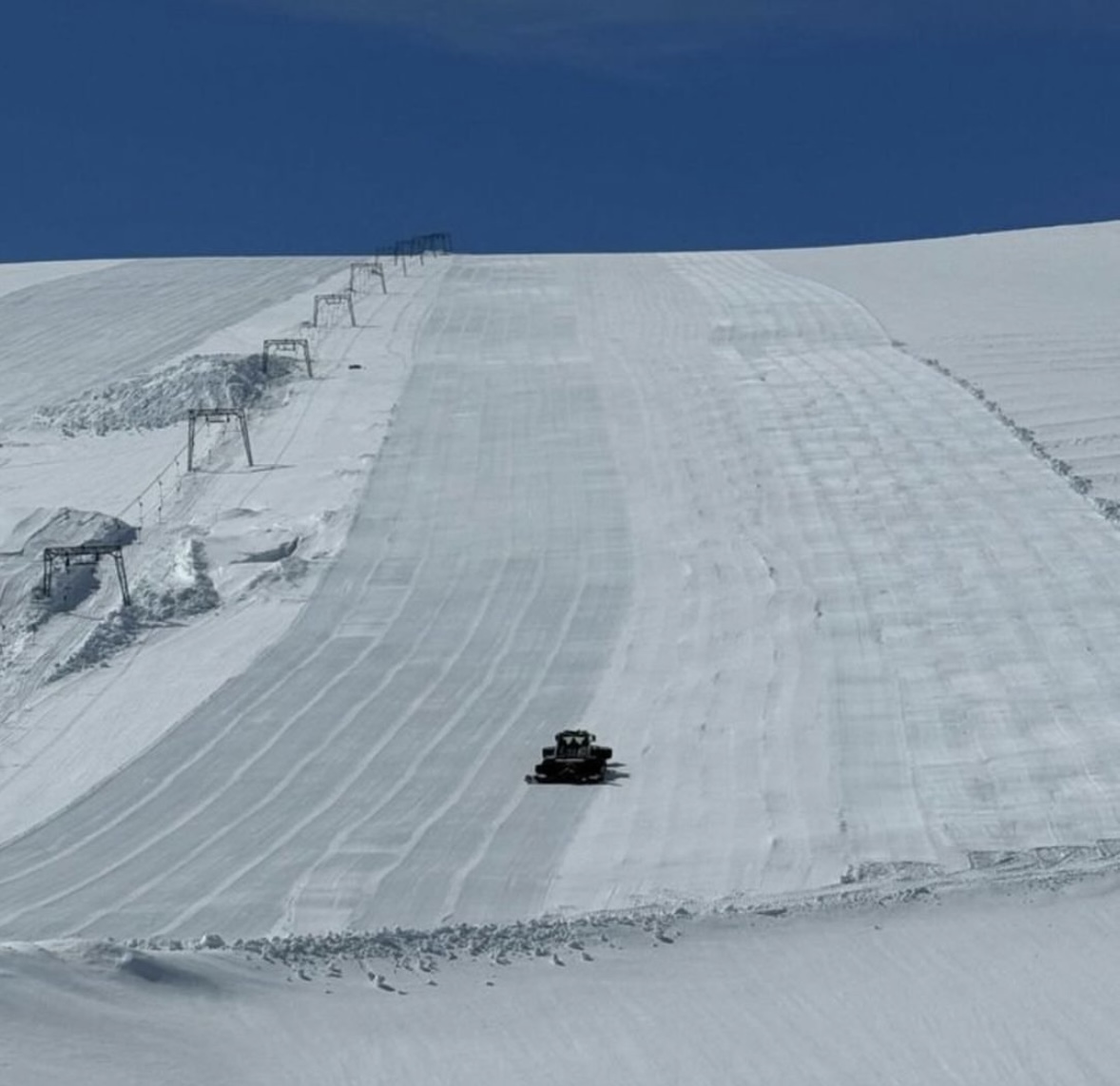
Recreation at high altitude entails many existential threats. Avalanches, rock falls, lighting, and hypothermia all leap to mind as serious threats. Yet, the leading cause of death at high altitude (8,200 ft or 2,500 m and above) is probably something many are not familiar with, high-altitude pulmonary edema (HAPE).
Pulmonary edema is the accumulation of fluid in the tissues of the lungs. This accumulated fluid inhibits the uptake of oxygen and release of carbon dioxide. Consequently, victims suffer from hypoxia, the deprivation of oxygen in the body. In the most severe cases, pulmonary edema results in death from cardiac arrest or respiratory failure.

Signs and symptoms of HAPE include: shortness of breath while resting, coughing, chest tightness or congestion, weakness, wheezing while breathing, blue skin, rapid breathing, and rapid heart rate. Symptoms usually develop within 2 or 3 days of a person’s exposure to high altitude. In Summit County, Colorado alone an average of 250 cases of HAPE are seen a year.
If you suffer these symptoms, or notice them in a companion, descend immediately. The best treatment for HAPE is to descend in altitude as rapidly as possible, ideally a minimum of about 3,300 ft (1,000 m). If symptoms persist, seek immediate medical attention. The mortality rate of HAPE is high if left untreated.

Other than the initial low oxygen and low atmospheric pressure environment the exact biological mechanism that induces HAPE is unknown. Most cases occur above 8,200 ft or 2,500 m, though, cases have been reported from altitudes as low as 4,900 ft or 1,500 m.
If you will be heading off to tackle Denali here shortly there is some good news, HAPE is preventable. Pacing your ascent, allowing time to acclimatize, sleeping at lower altitudes, avoiding alcohol, and avoiding sleeping pills all reduce your risk of developing HAPE. Additionally, you doctor can prescribe medications such as Diamox, Dexamethasone, and Nifedipine that are known to reduce your risk of developing HAPE.




